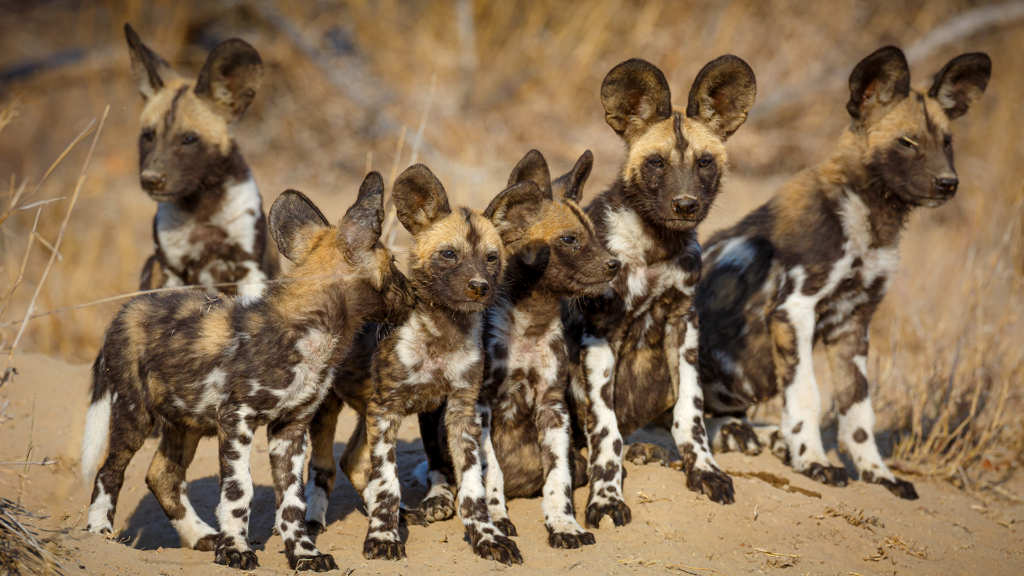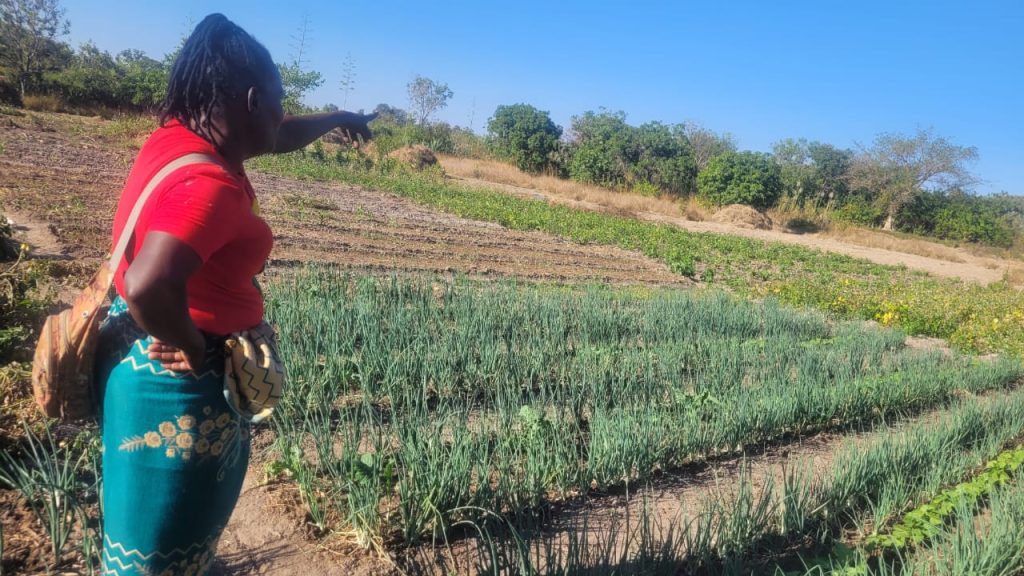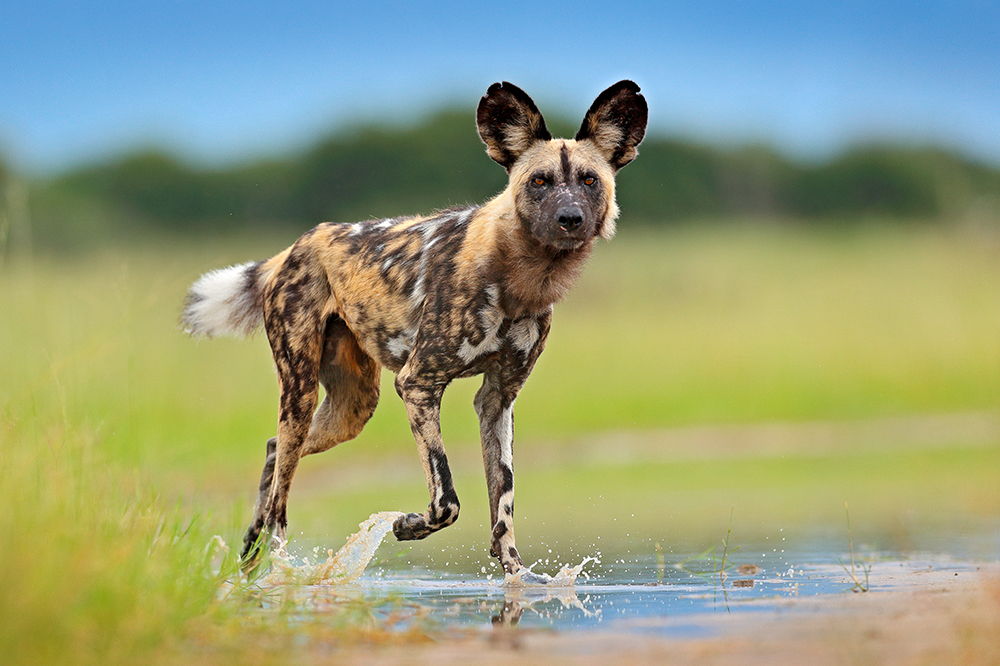DT Correspondent
HWANGE: – As authorities fight to protect endangered wildlife, poaching and climate change pose significant threats, particularly to the African wild dog.
Also known as the painted dogs, recent research by the African Wild Dog Research, Predator Conservation Trust and African Wildlife Conservation Fund revealed that poachers were responsible for half their deaths and dwindling population.
The research further revealed that high temperatures were contributing to an increase in human activities that were resulting in the death of the wild dogs.
Local experts aver that apart from poachers, climate change was one of the major threats to the survival of the painted dogs as it affects their breeding patterns.
The El Nino weather patterns predicted for Southern Africa in 2023 and beyond forecasts intense heat waves as temperatures rise in the Indian Ocean.
The phenomena – according to the research and various experts paints a gloomy outlook for the survival of the now rare species in the country.
Zimbabwe Parks and Wildlife Authority (ZimParks) spokesperson Tinashe Farawo acknowledged that climate change was one of the factors threatening the survival of the wild dogs.
“There are a number of factor affecting the survival of painted dogs in Zimbabwe , and this includes climate change. You realise that due to climate change painted dogs have delayed denning and giving birth and this has greatly impacted on their survival,” said Farawo.

Zoology experts warn that the canines will not survive the extreme temperature.
There are fears that what remains of the painted dog population risks collapse within the next century.
With temperatures expected to go beyond the 1.5 Degrees Celsius mark due to continued global carbon emissions, biology experts are of the view that the number of African Wild Dog puppy’s – surviving to adulthood – would not keep up with the number of adult dogs dying.
Farawo said, “Even if the young ones were to survive the heat, they will have to struggle against predators like lions and hyenas.
“Lions and spotted hyenas continue to threaten the survival of painted dogs right across the country, these predators target the young painted dogs to eliminate any future competition and already this is a crisis which they have to deal with for survival,” he said.
Painted Dog Conservation communications officer Ronald Sibanda said currently they are dealing with more than five thousand snares annually.
The snares have claimed the lives of the African wild dog in the Hwange and Gwayi area.
Painted Dog Conservation is one of the lead organisations protecting the remaining seven hundred African wild dogs in Zimbabwe.
“Poaching remains one of the biggest threats to the survival of wild dogs in Zimbabwe. Small time poachers set up snares targeting small game like kudu and not painted dogs in particular unfortunately the snares do not discriminate as painted dogs are also caught in the same snares.
“In a month depending on our patrol areas and also the prevailing socio-economic pressures, we can get up to a thousand snares or at bare minimum one hundred snares,” he said.
Yet despite these challenges, strides have been recorded to safeguard the surviving packs of the patch-coated canines.
Data from the Painted Dog Conservation indicates that the population has increased from two to the seven hundred over the last two decades since inception of their programme to protect the endangered species.
Painted Dog Conservation executive director Peter Blinston said despite the progress there is still more to be done in terms of conservation of wild animals.
“The challenges that we face are complex and we need long term support. Thankfully we have organisations like Tusk International who have been very supportive to our conservation programmes,” said Blinston.
Government through it’s wildlife agency ZimParks is working with developmental partners like the Painted Dog Conservation, the Lowveld Wild Dog Project, Chipangali Wilddog Research and Wild Environment Zimbabwe among others to raise resources and awareness towards the protection of painted dogs in the country.





